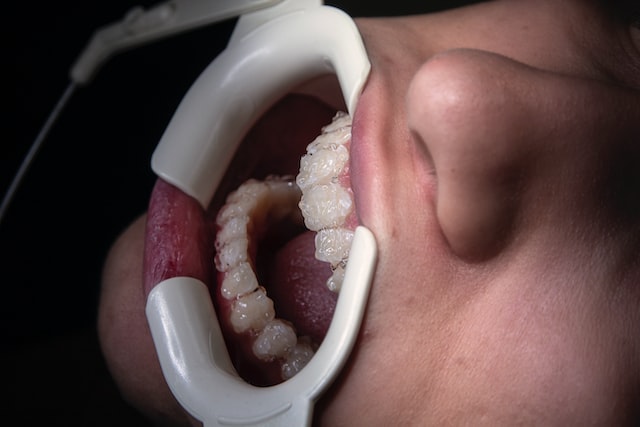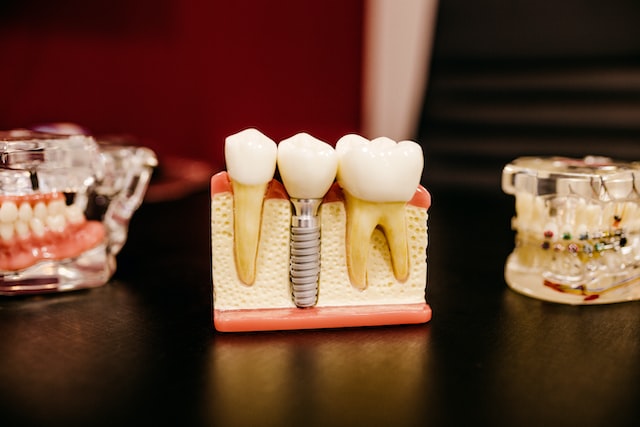Are you preparing for a root canal treatment and want to know more about it? Well, you’ve come to the right place! Mulgrave Dental Group specialises in root canal treatments. We’ve unpacked how it works, and what the step-by-step process for treatment looks like. We’ll also provide tips on preparing for your procedure and taking care of your teeth afterward. Read on to get all the information you need about root canal treatments.
What is a Root Canal Treatment?
A root canal treatment is a dental procedure used to renew an already affected tooth. The procedure involves doing away with the teeth's messy tissues. Once this is done, the tooth is filled with a material called gutta-percha, which helps to protect it from further damage.
The root canal procedure is a treatment used to redeem a broken or infected tooth. The infection or damage can be caused by many things, including:
- A deep cavity
- A cracked or chipped tooth
- A history of trauma to the tooth
During a root canal procedure, the messed up tissue is removed from the inside of the tooth. The tooth is then cleaned and sealed. A root canal procedure can often be performed in one or two visits to the dentist.

What Happens During a Root Canal Treatment? A Step-by-Step Guide
Once your dentist has determined that you need a root canal, they will refer you to an endodontist. An endodontist is a specialist who treats tooth pulp and nerve conditions.
1. Preparing the Area
Before beginning the procedure, the endodontist will numb the area around the tooth with local anaesthesia. Once you are numbed, they will place a small rubber sheet around the tooth to keep it clean and dry.
2. Accessing and Cleaning the Roots
The next step is to access the inside of the tooth. Your doctor will make a small hole in the top of the tooth, then clean and remove the diseased pulp.
3. Shaping the Canals
Once the tooth's pulp has been removed, the next step is to shape the canals. This is done using special instruments that are inserted into the canals. The tools are used to remove any remaining pulp tissue and to shape the canals so they can be filled with a particular material called gutta-percha.
4. Adding the Crown
Finally, the endodontist will seal off the opening in the tooth with a temporary filling or dental crown. In some cases, they may place a permanent crown at this time.
A dental crown is an artificial tooth cap placed over the damaged or infected tooth to protect it and restore its appearance.
5. Healing and Antibiotics
After the process, taking care of your tooth is crucial. This includes brushing and flossing regularly and seeing your dentist for regular checkups. You may also get some antibiotics to help prevent infection.
Do You Need a Root Canal?
The goal of the treatment is to do away with the damaged tissue, clean out the inside of the tooth, and then seal it off to prevent further damage.
If you have a tooth damaged by decay or infection, you may be wondering if you need a root canal treatment. The answer depends on the extent of the damage and whether or not the tooth can be saved.
If the damage is minor, your dentist may be able to clean out the inside of the tooth and then seal it off. However, a root canal treatment may be necessary if the damage is more extensive.
Ready To Restore Your Tooth?
If you’re experiencing tooth pain or sensitivity, our Mulgrave Dental Group team is here to help. With our experienced dentists and gentle approach, we ensure that your root canal procedure is as comfortable and stress-free as possible.
Book now with Mulgrave Dental Group for a thorough consultation and expert care. Call us now on (03) 9562 5156 or book your appointment online.

Smile Makeover Client
Your Healthier Smile Awaits
Whether you're looking to improve your dental health or enhance your smile, we're here to help. Book an appointment with Mulgrave Dental Group today!
Book Now


